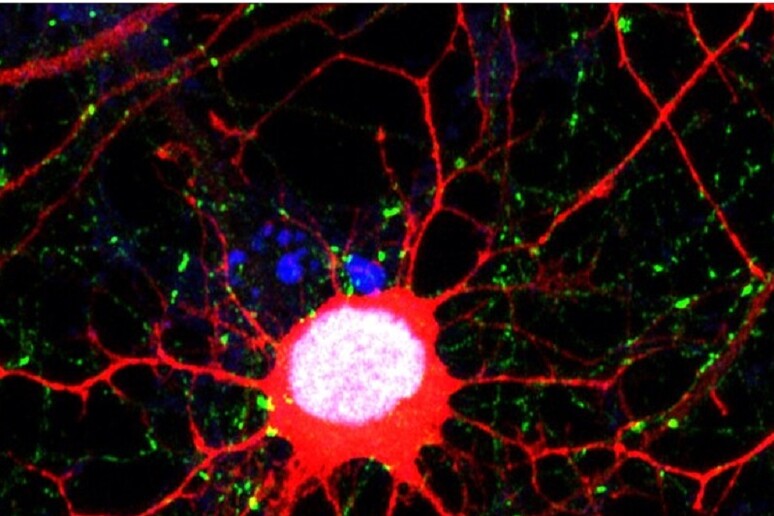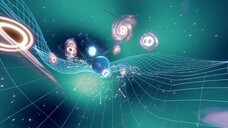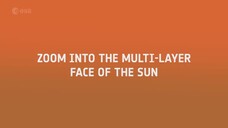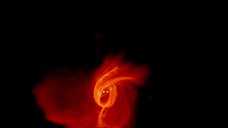Brain tumour cells are shape-shifters: in order to ensure an undisturbed life they imitate healthy neurons and thus succeed in dodging the attacks of the immune system, according to a research team led by Italy's Antonio Iavarone, who has been working in the United States for some time and is now the deputy director of Miami University Medical School's Sylvester Comprehensive Cancer Center.
They discovered the 'trick' in one of the most aggressive and untreatable tumours, glioblastoma.
The discovery, published in the journal Cancer Cell, is also the result of a combination between the largest tumour protein data bank ever obtained, and analysis by artificial intelligence.
Together, they enabled the team to discover a possible weapon against this tumour, which is potentially useful also against other forms of cancer. "Our discovery was possible thanks to a unique approach in the study of the glioblastoma," said Iavarone.
The study, which also saw the participation of Jong Bae Park of South Korea's national cancer research centre, for the first time assessed the complete collection of proteins (the proteoma) in a series of cases of glioblastoma taken from patients upon diagnosis and after the tumour came back. The changes caused by the presence of enzymes in the proteins were also weighed.
This approach, Iavarone said, "offers a panorama of the possible alterations of tumours at an individual level which is impossible to obtain with genetic analysis alone". It is currently the most complete tumour data bank, based on samples taken from 123 patients both after diagnosis, and after therapy, and after the appearance of resistance.
Riproduzione riservata © Copyright ANSA













